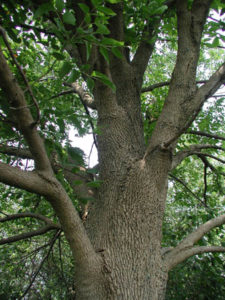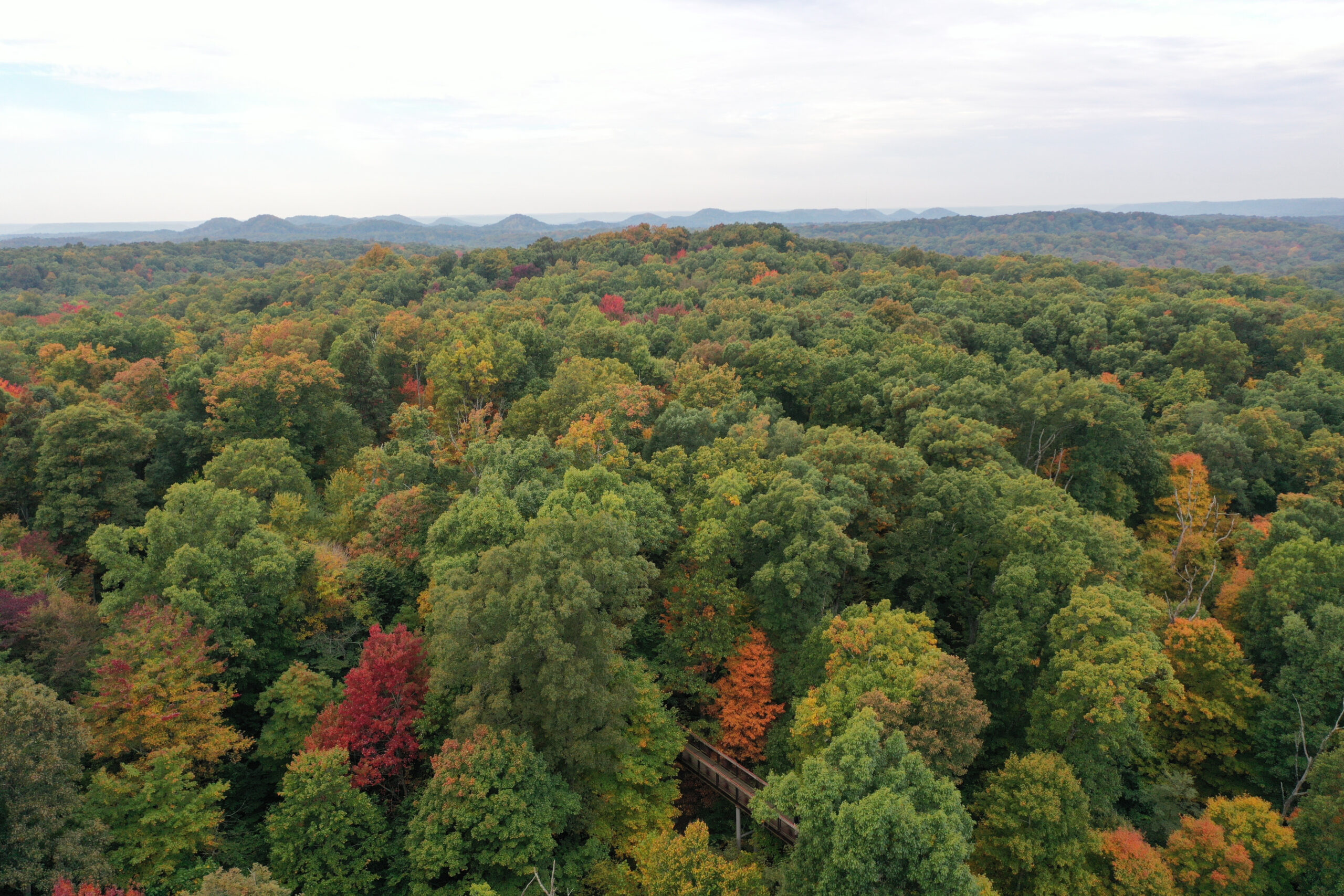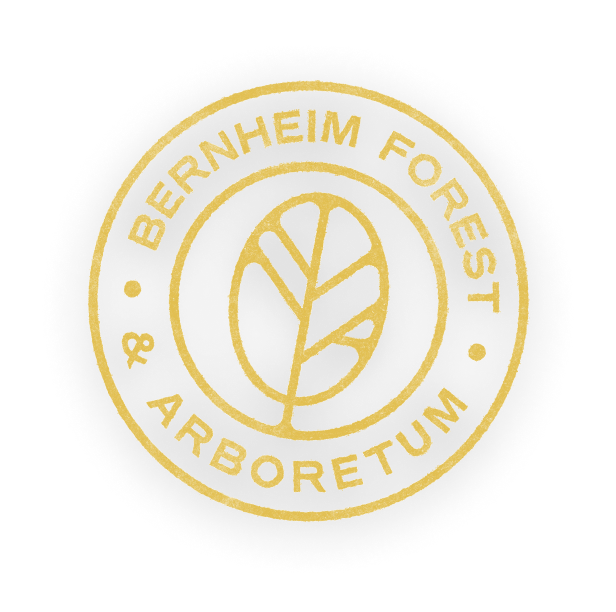By Andrew Berry

Michigan State University Extension
The ash tree, Fraxinus, is native to eastern North America. Young trees are pyramidal in shape, gradually maturing to a more rounded but usually irregular crown. Gray bark develops distinctive diamond-shaped ridging on mature trees. Ash is a valuable timber tree. Its wood is commercially used for a variety of products including tool handles, oars, garden furniture and sports equipment. White ash is the wood used for Louisville Slugger baseball bats.
Forests in central Kentucky are showing noticeable signs of change due to the loss of the ash tree. Over the past five years, many of our trees have succumbed to the emerald ash borer. The scale of loss in the forest is similar to that of the effect felt by the loss of the American chestnut. While not as vital as a food producer as the chestnut once was, the ash plays an important role in forests throughout Kentucky. As the dead ash trees fall onto the forest floor, gaps created by their loss create opportunities for invasive shrubs to flourish. This allows species such as bush honeysuckle, which has already gained a foothold in the ash’s range, to increase and further degrade the forest understory. The full impact of the loss of the ash will not be felt for decades to come. It remains to be seen if some trees can survive, or whether a new generation can arise after the emerald ash borer wanes.
Vanishing Acts: Trees Under Threat was developed and produced by The Morton Arboretum in association with the Global Trees Campaign, a partnership between Fauna and Flora International and Botanic Gardens Conservation International.
Funding for this exhibit comes from The Morton Arboretum and the U.S. Institute for Museum and Library Services, Museums for America Grant Program.
Support locally comes from LG&E and KU. Additional support provided by Shepherdsville/Bullitt County Tourism.

